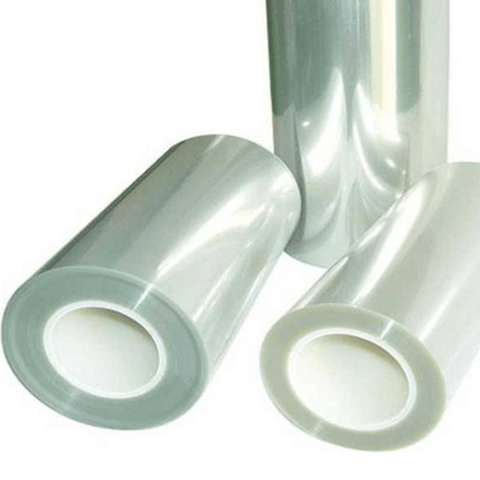How to control the film thickness during the preparation of optical film?
xinstMay 15, 2020
As one of the fields of precision manufacturing, optical film preparation has a degree of precision often reaching the level of nanometers or even nanometers. Therefore, the complexity of its preparation is self-evident. Sometimes small mistakes will lead to the loss of the whole market. Bring great difficulties.
The preparation of optical film is a complicated process. It is obtained by evaporating or sputtering a large solid material, passing through the gas phase, and finally condensing on the substrate. In the preparation process, it includes environmental vacuum conditions (vacuum degree), The influence of multi-faceted process factors such as evaporation rate and substrate temperature has a large deviation from the ideal state of the microstructure and chemical composition of the film, which ultimately leads to changes in the film's mechanical properties, laser damage threshold, and optical properties.
Among the many process influencing factors, the most influential and easily observable is the thickness uniformity of the film, which will seriously affect the physical properties of the film. According to the preparation experience, the uneven thickness of the film will cause a large shift in the spectral performance of the film For example, during the preparation of the AR coating, the transmittance of the film will be low. Secondly, it will also affect the laser damage threshold of the film, the film stress, etc., as the article said: the difference is a thousand cents, and thousands of miles . Therefore, the film preparation equipment is often equipped with a highly accurate film thickness monitoring system.
The unevenness of the thickness of the film layer will cause the characteristic wavelength of the thin film device to change, and there is often no inevitable impact on other properties, and the overall error of the film layer will cause the performance of the thin film to decrease.
So how to better control the preparation process, I summarize it into three aspects: preparation equipment, substrate preparation and monitoring.
Factors affecting the uniformity of the film
The jig refers to the jig of the substrate, which is a tool for placing the substrate. It is an indispensable device in coating equipment. Since the vapor molecules will eventually be deposited on the substrate, the fixture has an effect on the uniformity of the film.
The influence of the mask
Appropriate use of masks can correct the distribution of film thickness. A static mask is placed in front of the substrate rotating along a single axis of rotation, and the radial distribution of the film thickness is corrected by cutting the mask. The size of the mask with the correct shape can be approximated by theoretical calculation, and then modified according to the experimental results to determine its final form.
Basal influence
The substrate must be cleaned before coating. The short-range interatomic and intermolecular forces can make the film and the substrate together. This force is very strong. Therefore, in the bonding process of the substrate and the film, the conditions of the substrate surface are very important, It is a very small monolayer of contaminants on the surface of the substrate, which will also change the adhesion force on the order of several sizes. The adhesion of the evaporate is also very sensitive to the surface conditions, and the surface conditions can completely change the subsequent film The nature of the substrate cleaning can make the evaporation material adhere to the surface of the substrate, rather than the intermediate layer of contaminants.
After the substrate is cleaned, it should be put into the coating room as soon as possible, and then use glow discharge to do the last cleaning before coating, usually 5 to 10 minutes, the discharge equipment uses a high-voltage DC power supply (of course, there is also AC), at an appropriate pressure A glow discharge occurs underneath. During glow discharge, the surface of the substrate is bombarded with positive ions, effectively removing all light and thin residues. Most coating machines have used it as standard equipment. In addition, it should be noted that the time interval between stopping the discharge and starting to plate the first film should not exceed 3 minutes. Otherwise it will seriously affect the performance of the film, especially the adhesion between the film and the substrate will deteriorate.


